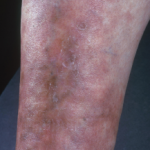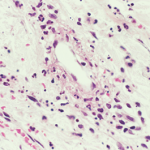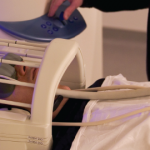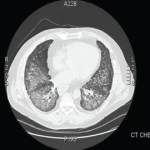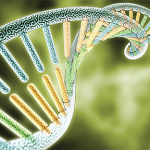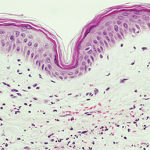WASHINGTON, D.C.—Rheumatologists do not have up-to-date diagnostic and classification criteria for vasculitis, a group of diseases that involves inflammation of the blood vessels, said experts speaking at the 2016 ACR/ARHP Annual Meeting session, Classification Criteria for ANCA-Associated Vasculitis. The most recent classification criteria were published by the ACR in 1990, and since then, new disease…
